In simple terms, voltage is a measure of energy per unit charge associated with two points in an electric field. But why is it that there is an energy associated with any two points?
To answer this, we need to picture an electric field and its effect on a test charge.
We can picture an electric field as associating a tiny arrow to each point in space. Each arrow in the electric field represents the force that would be felt by an unit of charge if it were placed at that particular point.
Since like charges repel, the arrows point away from a positive charge (as it repels our test charge):

As the test charge travels through the electric field, it is pushed around and gains or loses energy. If it travels in the same direction of the little arrows in the field, there is work done on the particle, and it gains energy. If it travels opposite to the field, it loses energy instead.
Imagine it like pushing a swing when it's already moving away from you, versus pushing the same swing when it's coming at you. In the first case it is pushed aligned with the direction of motion, accelerating it. In the second, it's pushed opposite to the direction of motion, decelerating it. In a way, you have to add all the contributions from the little arrows along the entire path to calculate the final energy of the swing/test charge.
This adding of arrows is called Line integral, and it involves calculating at each point how much the displacement vector and the field are pointing in the same direction.
A 10V battery is one that generates an electric field such that adding all little arrows from the positive side to the negative side results in a net work of 10 Joules for each unit charge that goes around the circuit.
The electric field looks like this for a wire with uniform electrical resistance everywhere:

Ideally, if there was no resistance, at each cycle our test charge would gain 10 Joules at each loop and speed up forever, but in reality, as the current increases, the energy dissipates more and more in the form of heat.
The test charge may also do work on something else: In LEDs, this electrical energy is converted into luminous form, in motors, mechanical form, and so on.
An important detail to consider is that there may be multiple paths from a point to another. Why should the energy difference not depend on the particular path between the two points?
In the absence of external forces and fields, the electric field is conservative, which implies that the potential difference results the same number no matter what the path.
To see why this is true, imagine that there is a potential of 15V from A to B along the upper path (X), but 5V from A to B along the lower one (Y):

Then, if our test charge first goes from A to B through X, and then backwards in the opposite direction through Y, the electric field will do a net work 10 Joules: 15 Joules "downwards" through the field and 5 Joules "upward". (Notice: here I am using "downwards" and "upwards" as an analogy with climbing or going down a gravitational field)
But since the charge is back to the same place it was before, we gained 10 Joules for free! This breaks the law of conservation of energy, unless that energy is being drawn from somewhere else. If there is nothing providing this energy, then all paths are the same potential.
The explanation to the analogies:
Like electric fields, gravitational fields also push things around. Just like in electromagnetic fields, if you go down a gravitational field, the field does work and you gain energy, and this energy can also be used for a variety of purposes by doing work on something else.
In fluids, the force field in question is the pressure differential, which accelerates particles in the direction of reduction of pressure (since there is a force imbalance pointing in that direction)






